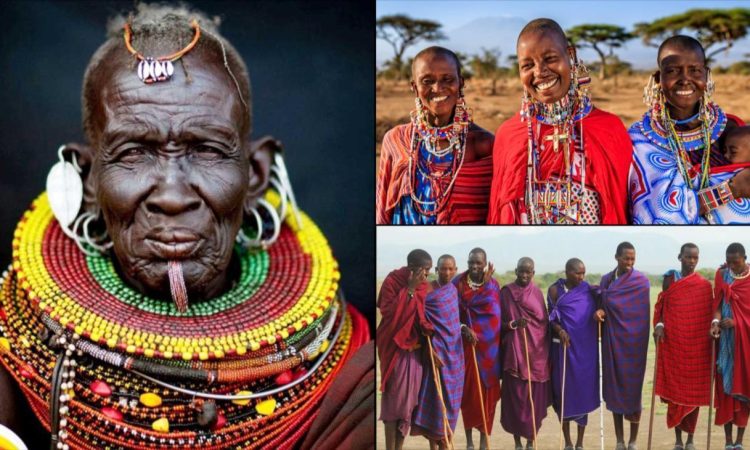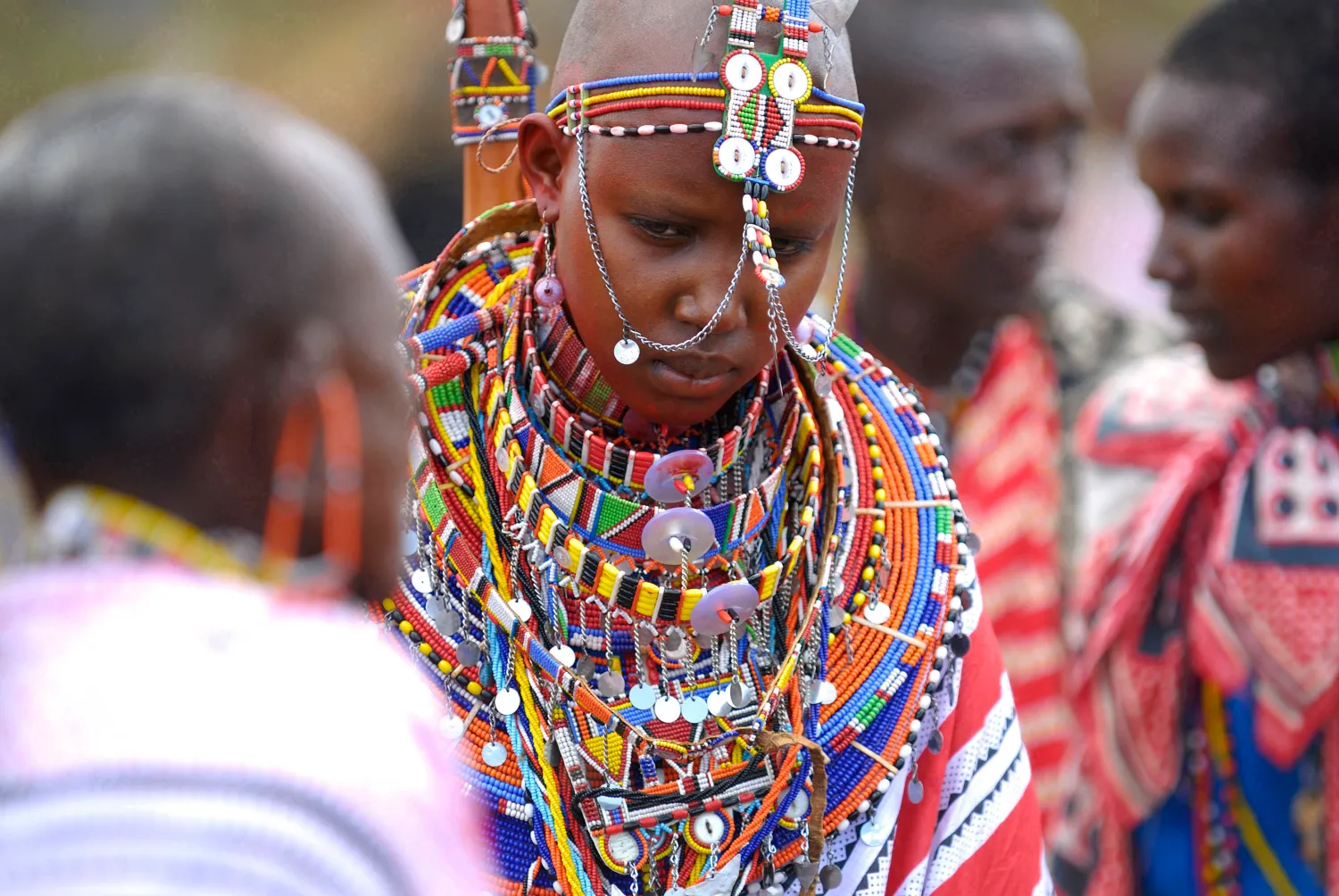Maasai Village Visit In Maasai Mara National Reserve, Kenya : The Maasai, who inhabit large regions of southern Kenya and are arguably the most recognizable tribal group in all of Africa, are the predominant ethnic group in the area surrounding the Masai Mara National Reserve. The Masai Mara region is home to this warrior-nomadic tribe that previously controlled a sizable portion of pre-colonial Kenya. They continue to practice many of their ancient customs. Therefore, why go to a Maasai village, and what will you see there? It is possible to connect with Maasai people during this hour-long visit to a Maasai community, learn about their culture and distinctive way of life, and observe some of their customs and practices firsthand.

A few hours are set aside for this quick interactive visit to the community, which is often on the periphery of the main Mara game reserve limits and is typically included as an excursion as part of a longer multi-day Masai Mara safari tour.
How much does it cost to visit a Maasai village? It Is a question that many tourists ask. The cost of a village visit, which includes a fee paid to the village and round-trip transportation from your Masai Mara lodge or camp to the village, ranges from USD 25 to $50 per person. When you go on a road safari with your own driver, who will pay the entrance fee, the cost is frequently lower.
When you arrive by plane on a Kenya package safari, the higher fee of USD 50 per person usually applies, and the camp will then bill you for the fee for the village visit. In this case, the price can again vary from USD 30 to USD 50 per person, depending on which camp you are staying at and which village they take you to visit.
It should be noted that after paying the entry charge, you may be expected to purchase a souvenir or curiosity from the villagers, although this is not required. Be prepared, though, for some Maasai villagers to make persistent attempts to sell you what are typically low-priced handcrafted goods. However, overall, we believe this is a small drawback that has become a part of the experience and that the positive aspects of the trip outweigh the drawbacks. For some people, this can be an unpleasant part of the expedition. The Maasai are well renowned for their numerous distinctive cultural customs and rituals. Some of these are a result of their nomadic lifestyle.
So what is the name of a Maasai village? The Maasai, on the other hand, reside in ‘Manyatta’ constructions, which are low-rise homes, or more accurately, huts, built of mud, cow dung, and wood with a single entrance and scant side windows. A Maasai ”Boma” is a collection of these manyatta houses that together make a household or hamlet.

A larger hamlet can also be created by combining many bomas. Even on a beautiful day, the manyattas, the individual huts, can be quite dark inside due to their tiny windows. A Maasai woman is depicted in front of the back of a typical Manyatta home in the photograph above.
It’s important to note that these particular manyattas, or villages, are located near the reserve in the center of Narok. The extremely traditional Maasai settlements still exist in this way, despite the fact that there is electricity and piped water in the reserve itself and in the more developed area of Narok district.
The Maasai tribe’s warriors, known as morans, are initiated into their status through rites of passage that are highly revered. The Morans are seen practicing their jumping in the shot above. Visitors to the Maasai community frequently get the opportunity to test their own jumping abilities against those of the Maasai morans.


